Buy or gift a stand-alone digital subscription and get unlimited access to dozens of back issues for just £18.99 / $18.99 a year.
Please register at www.exacteditions.com/digital/cornucopia with your subscriber account number or contact subscriptions@cornucopia.net
Buy a digital subscription Go to the Digital EditionBrian Mathew pays tribute to the late Turhan Baytop, Turkey’s pre-eminent botanist
My travels in Turkey and the study of its flora over the past thirty-five years have been much enhanced by my friendship and collaboration with the late Turhan Baytop and his wife, Asuman. Although Turhan was a pharmacologist and I a plant taxonomist, we found common ground in studying the bulbous plants with which Turkey is so well endowed.
The Baytops’ plant collections have added greatly to the knowledge of Turkey’s flora, and it gave me great pleasure to acknowledge this by naming a remarkable crocus after them. Crocus baytopiorum, the Crocus of the Baytops, a gem among Anatolian plants, has flowers of a pale but brilliant turquoise blue, and inhabits just a few mountains in the southwest.
Professor Baytop, who died on June 25, 2002, was Dean of the Faculty of Pharmacy at Istanbul University. He specialised in the uses of Turkish plants, particularly those of medicinal value such as papaver, digitalis and colchicum, and published many papers and books on the subject. He will also be remembered for the many discoveries he made during his travels. In 170 plant-hunting trips over a period of fifty years, he collected and dried over 10,000 plant specimens, which are housed in Istanbul University’s herbarium. He also donated duplicate specimens to the Royal Botanic Gardens in Edinburgh and Kew.
In the 1960s, the botanistPeter Hadland Davis, based in Edinburgh, set out on the monumental task of compiling Flora of Turkey, a work now completed in eleven volumes. In appreciation of the importance of the Baytops’ collections, Volume 8 (1984) of this work was dedicated to the couple. Asuman, herself an eminent botanist at the university, accompanied Turhan on many of the field trips.
A further measure of the esteem in which their work is held is the number of newly discovered plants (and a species of butterfly) named in their honour: Allium baytopiorum, Astragalus baytopianus, Colchicum baytopiorum, Galium baytopiorum, Nepeta baytopii, Stachys baytopiorum, Crocus asumaniae, as well as the unique crocus already mentioned.
Baytop was born on June 20, 1920, in Üsküdar, Istanbul. His father was a military officer. The young Turban’s first plant specimen was collected while he accompanied his father on an army exercise near Erzurum in 1943. At the time he was studying at the University College of Pharmacy in Istanbul, which he was later instrumental in raising to the status of a faculty. He was able to put his studies to use during his national service, when he served as a pharmacist in the medical corps.
In 1948 he returned to the college and obtained his doctorate with a chemical investigation of the Ephedra species, the group of plants which contains important drugs such as ephedrine. This was followed by a similar study of a Turkish species of liquorice, Glycyrrhiza glabra. Apart from a year spent researching in Paris, Baytop remained at Istanbul University until he retired in 1987. He was made a professor in 1963, and became the faculty’s first dean.
His primary interest was in the medicinal value of plants in their original state, not as a collection of chemicals which could be synthesised. His studies were always supported by diligent fieldwork recording the way plants were used by local people. He wrote prolifically: his sixteen books range from the poisonous plants of Turkey to the old roses of Istanbul. In 2001 he wrote an autobiographical account of his travels in Anatolia, Anadolu Daglartnda 50 Yıl (Fifty Years in the Anatolian Mountains).
It was the bulbous plants that interested us both, and our joint excursions were timed for spring and autumn to coincide with their flowering. This mutual interest and his natural willingness to collaborate led to The Bulbous Plants of Turkey, in 1984. This joint work encompassed another of his interests, the history of plant exploration in Turkey, to which an entire chapter was devoted.
Baytop was much intrigued by the history of the tulip in Turkey, especially the elegant narrow-petalled versions raised by the Ottoman Turks in the sixteenth and seventeenth centuries. This interest led in 1992 to another book, Istanbul Lalesi (The Istanbul Tulip), which includes fifty exquisite colour plates from an album assembled in Istanbul in 1725.
My travels with Turban hold many pleasurable memories for me, for the fascinating insight they gave into life in rural Anatolia, as well as for the plants we saw. After years of training young pharmacists, it was not surprising that he seemed to know someone in every town and village throughout the land – wherever there was a chemist’s shop – so that travelling with him was an enjoyable social event.
One time we arrived fairly late in a small provincial town and were keen to have meal after a day’s fieldwork. Turhan would often find a teahouse and ask the locals gathered there to recommend the best lokanta in town. On this occasion he came back chuckling heartily. A wise old gentleman had said that he could tell us which was the nearest, which was the farthest and which was the largest, but only we could decide which was the best.
On another occasion I discovered the benefits of travelling with a pharmacist. We were in an out-of-the-way part of the Lycian Taurus when I contracted a bug of some sort, started shivering uncontrollably and turned a nasty shade of grey. Turhan found us a place to stay, then disappeared and returned with a potion. I was instructed to take it and go to bed. At various times in the night I woke up in a delirious state and absolutely saturated, but in the morning I felt as if nothing had happened. Turban would never tell me what the concoction was. He just smiled and said, “It worked, so there is no need for you to know.”
Turban conversed with his foreign companions in a mixture of bits and pieces of several languages, but he loved the English capacity for reserve and understatement and adopted some phrases as his own. One lasting memory is of him standing before a hillside of crocuses and announcing: “Mmm, not bad at all!”
Brian Mathew has been a botanist in the Herbarium at Kew for twenty-five years, and was until recently editor of the 213-year-old ‘Curtis’s Botanical Magazine’
Both were ambitious men with a penchant for poetry who suffered extremes of fortune. David Barchard charts the ties between two dominant figures in nineteenth-century Turkey, the British Ambassador Stratford Canning, and the Ottoman sultan Mahmut II
Wine is now the most popukar alcoholic drink on the planet, says Esat Ayhan, ‘and we in Turkey are benefitting from this positive wind.’ Owner for the past twenty-two years of a fashionable Cihangir şarküteri, stocking everything from De Cecco pasta to bacon and paté, Esat Bey took the opportunity to expand its renowned La Cave wine section into an entire floor devoted to the grape.
Francis Beaufort’s epic 1812 survey of Turkey’s southern coast and its classical sites sparked a European treasure hunt. It also very nearly cost him his life. By Nicholas Courtney with photgraphs by Kate Clow and James Mortimer
Max Fruchtermann (1852 –1918) was the publisher who took the postcard to Turkey and thereby took Turkey to the world. His cards sold by the million. Mert Sandalcı – historian, archivist and librettist – has assembled thousands of these cards into three mammoth volumes. Elizabeth Meath Baker leafs through their pages.
Wild apples, with their pink or white blossom in spring, are still a common sight in Turkey. They are collected in the autumn, when they ripen, and preserved for winter.
More cookery features
The pots of Alev Ebuzziya Siesbye have an ideal serenity and timeless beauty, as visitors to her retrospective in Istanbul have discovered. But their cool simplicity belies the passion that goes into creating them. Alistair McAlpine met the artist in Paris.
Robert Ousterhout, who fell in love with the Kariye Camii, the Church of the Chora, 25 years ago. Here he makes an impassioned case for preserving this 14th-century masterpiece.
Most fast food is heavy, greasy and bad for your health. Güllaç pancakes, by contrast, are beautiful organza-thin leaves, light as a feather and made from the simplest ingredients. What’s more, they keep for an age. Berrin Torolsan sees the best gullaç in the making



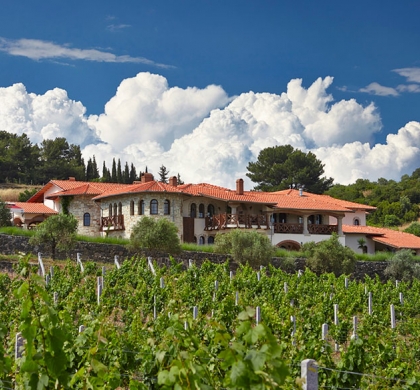
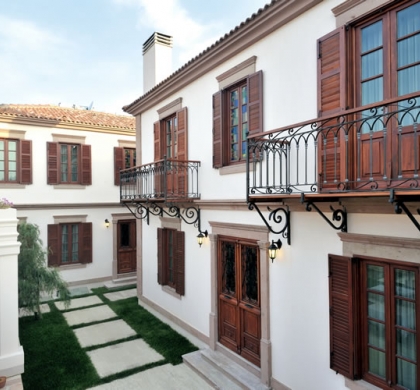
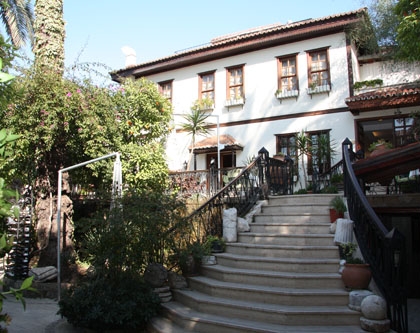

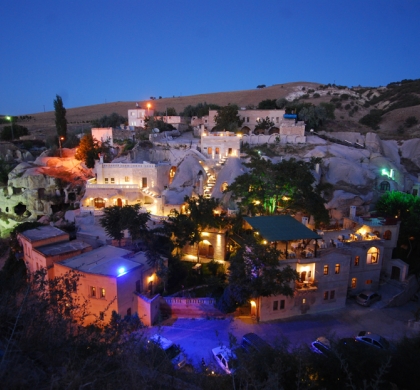
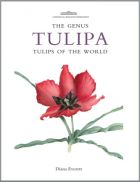
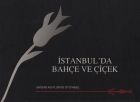
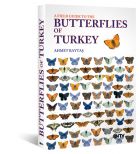
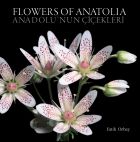
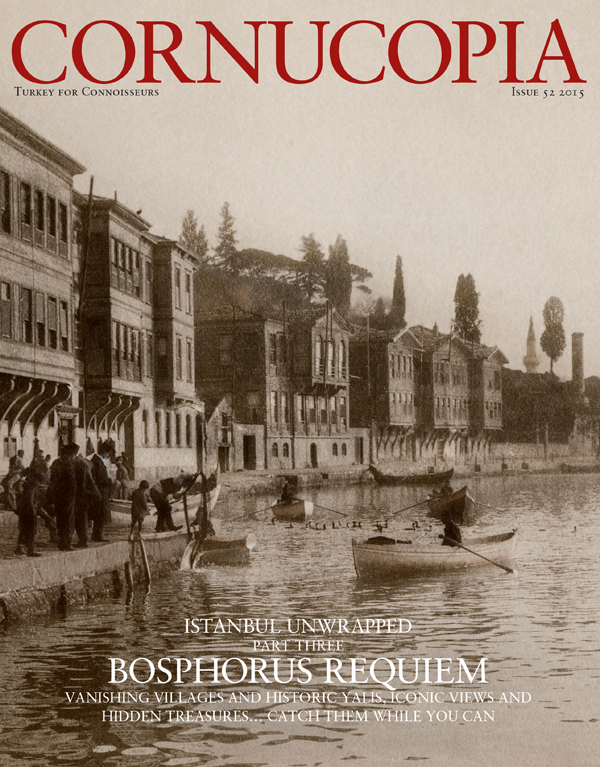
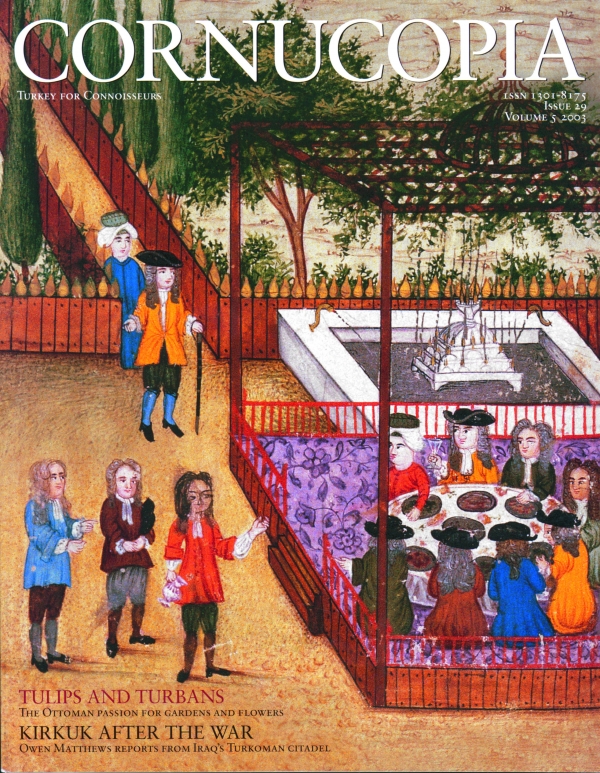
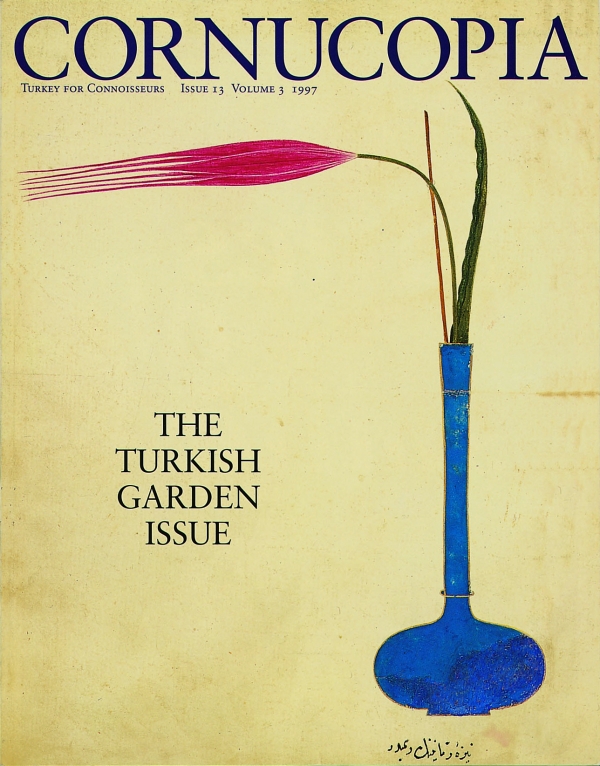

Cornucopia works in partnership with the digital publishing platform Exact Editions to offer individual and institutional subscribers unlimited access to a searchable archive of fascinating back issues and every newly published issue. The digital edition of Cornucopia is available cross-platform on web, iOS and Android and offers a comprehensive search function, allowing the title’s cultural content to be delved into at the touch of a button.
Digital Subscription: £18.99 / $18.99 (1 year)
Subscribe now